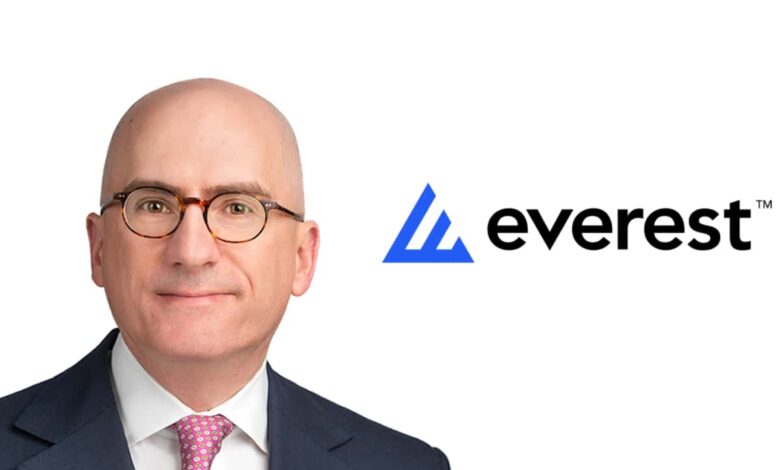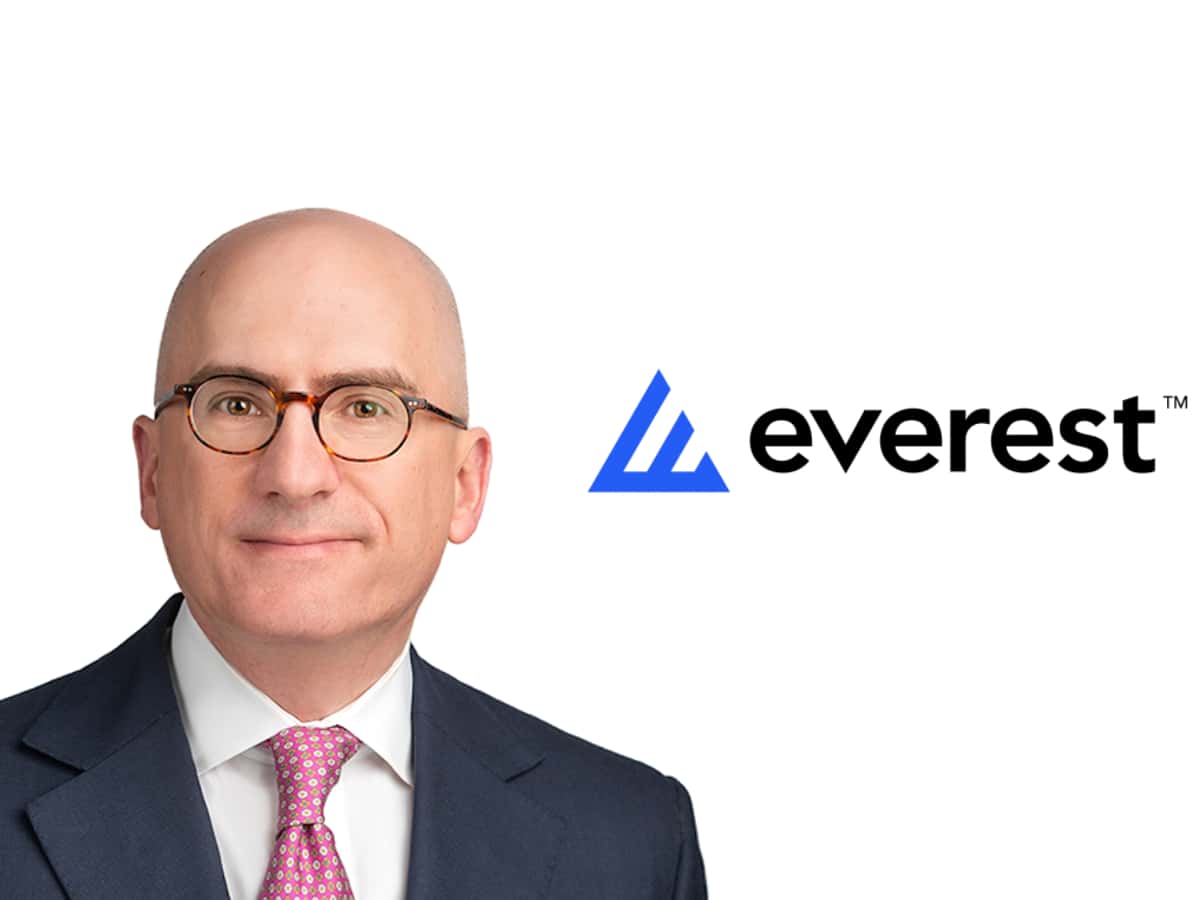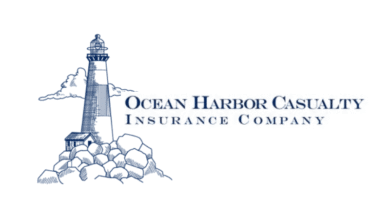Everest sees strong property cat demand, expects June renewals to support growth: CEO

Everest Group CEO Jim Williamson expects the upcoming mid-year reinsurance renewals to present meaningful opportunities for growth, driven by strong demand for property catastrophe coverage and healthy expected returns, with terms expected to hold but some moderation in pricing from recent highs.
Earlier today, executives from the firm held an earnings call, during which the mid-year renewals, and the Florida market, were discussed.
“We expect moderate cat pricing pressure for the remainder of 2025 but anticipate ample opportunities to deploy capital at attractive expected returns,” Williamson said in his opening remarks.
“We’ve said it before, and it bears repeating, rate of price change is important, but expected returns determine our willingness to deploy capital. In property cat, expected returns are excellent.”
Recall that Everest has a third-party capital manager, Mt. Logan Capital Management and its investors will benefit from property catastrophe reinsurance returns derived by the company.
The company has already recorded steady growth across recent renewals. While Everest’s January 1, 2025, reinsurance book shrank slightly overall due to casualty cutbacks, it still achieved 6% property growth. By the April renewal, the total book grew by 5%, led by 15% expansion in property lines. Growth in Japan was notable, with Williamson highlighting that Everest continued to gain market share with its “valued Japanese clients at attractive margins, despite many programs being oversubscribed.”
Looking ahead to the June 1st renewals, Williamson said: “Our expectation is that the 6.1 renewal should be pretty attractive. Obviously, we’ll have to see what terms and conditions look like. But I wouldn’t be surprised if we take the opportunity to grow. And I think that would cut across both the Demotech companies, where we’ve had really terrific results and we have great relationships, as well as our more nationwide partners.
“We are seeing, I will note, some pretty meaningful increase in demand. And so, a number of our clients are talking to us about buying more limit, which I think should be a favorable move around price. And obviously that’s offset by the fact that people have done incredibly well in property cat and people want to keep growing into the market. So, I think it’ll be, overall, quite attractive.”
Reflecting on the current pricing environment, Williamson acknowledged that rates are coming off from the steep rises of 2023, when Everest achieved a 50% rate increase in its U.S. treaty property book, but emphasized that returns remain very compelling.
“On the reinsurance side, starting at the 1.1 2023 renewal, we saw a sharp upward correction of pricing, we achieved a 50% rate increase at 1.1 2023 in our U.S. treaty property book. And so, the fact that rates are now coming off, and you would have seen the 4.1 renewal in Japan, maybe that was down 10%, 1.1 2025 was down a bit. So, yes, it’s coming off a little bit. There’s a lot of interest, I think, among a number of carriers to grow in that business, because rates corrected to such a point that expected returns are still very, very healthy. And so, as long as that’s true, those return expectations sustain themselves.
“I’m willing to continue to deploy capacity and capital to our best clients, and we’ve done very well with that strategy, and I expect that to sustain itself through 2025.
“There’s no sign, in my mind, that property cat in the reinsurance business is decreasing at a rate that would make it less attractive. The ROEs are still well in excess of my threshold for wanting to continue to deploy capital there,” the CEO added.
On demand by layer, Williamson suggested that while lower-level cover remains costly and therefore less likely to see significant additional demand, the upper layers of reinsurance programs continue to attract interest.
“All things being equal, I think a lot of our cedents, whether it’s in Florida or in the Midwest or other parts of the country, would love to buy lower level, but the required pricing to get those deals done is more than most people are willing to pay. So, you usually don’t see that incremental demand get fulfilled there.
“Based on all that, I would suspect, as we’ve seen in prior renewals, that more of the demand will be in the top end, where people want to guard against coming out the top side of their programs, but obviously, time will tell.”
Furthermore, when asked about potential changes to contract terms and conditions heading into the mid-year renewals, Williamson said: “No, I don’t expect any changes that way. One of the things that I’ve been gratified to see, I referred earlier to the need for discipline, and maybe the area where we’ve seen the absolute most discipline has been on terms and conditions.
“That’s been a major contributor to, I think, creating a more sustainable market. And people are not giving up on whether it’s hours clauses, attachment points, other contractual terms, and I don’t expect any at the mid-year renewal,” Williamson concluded.


